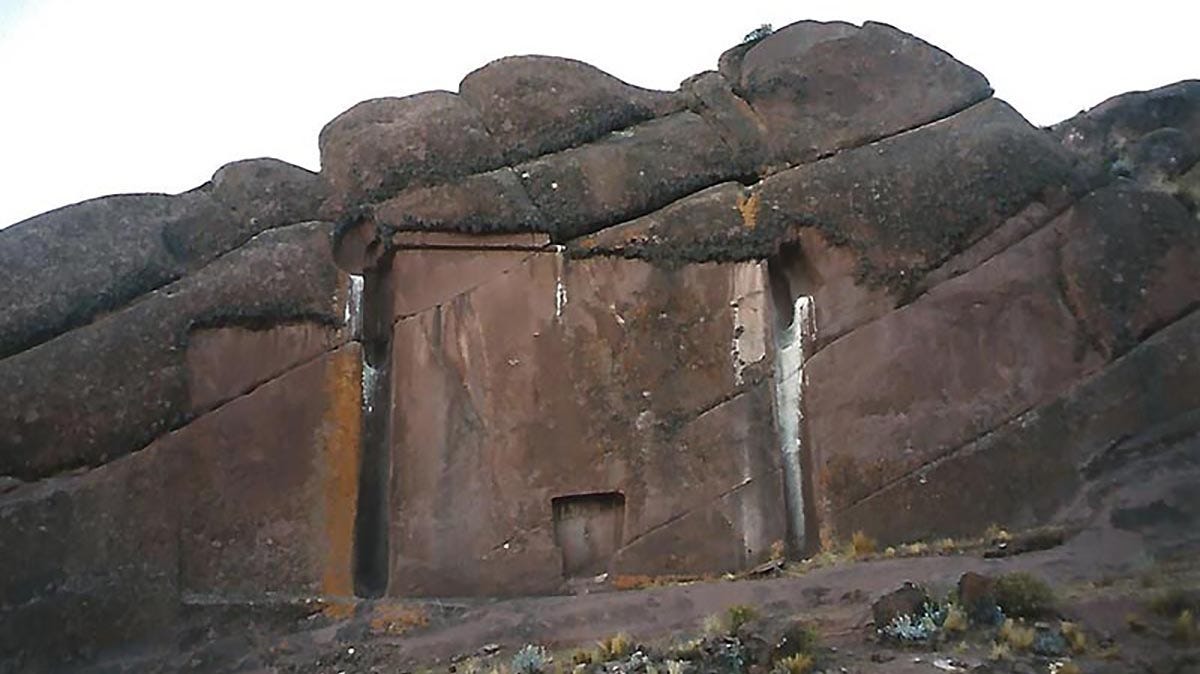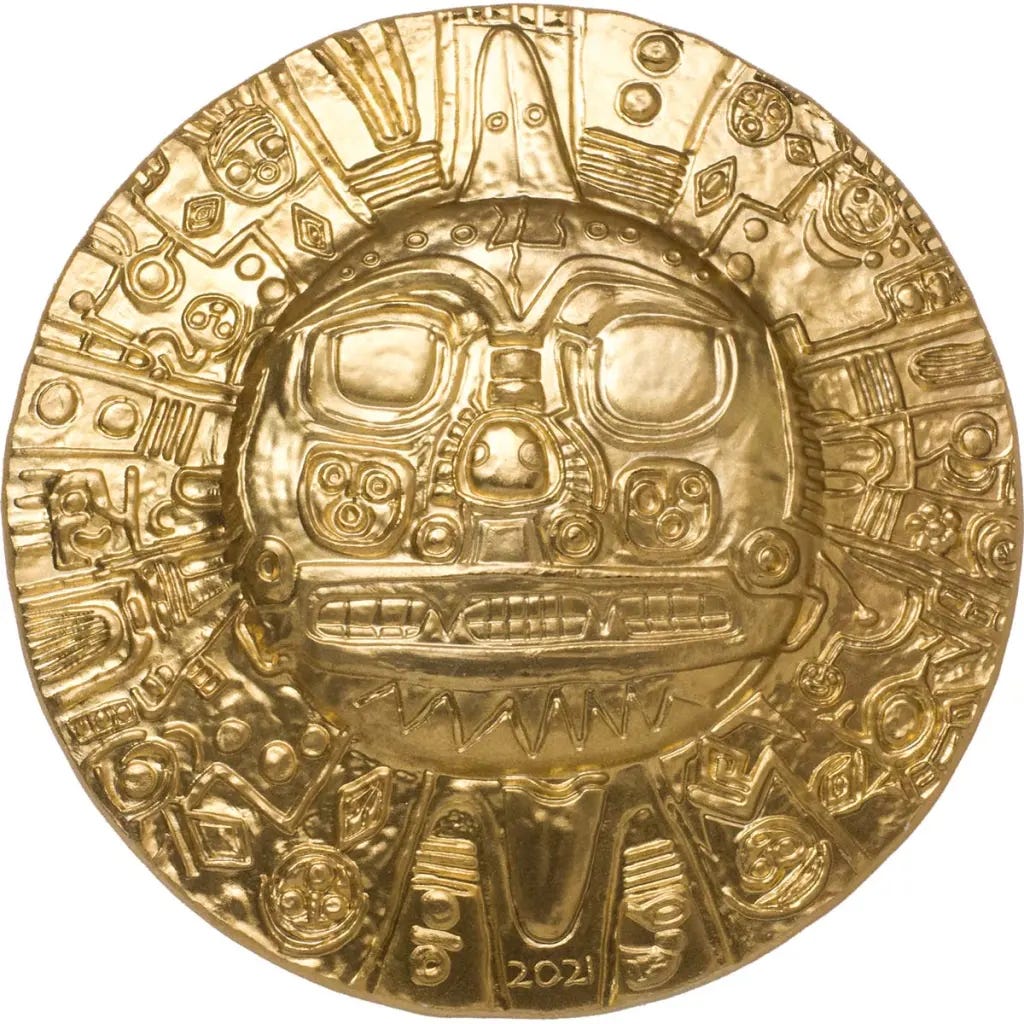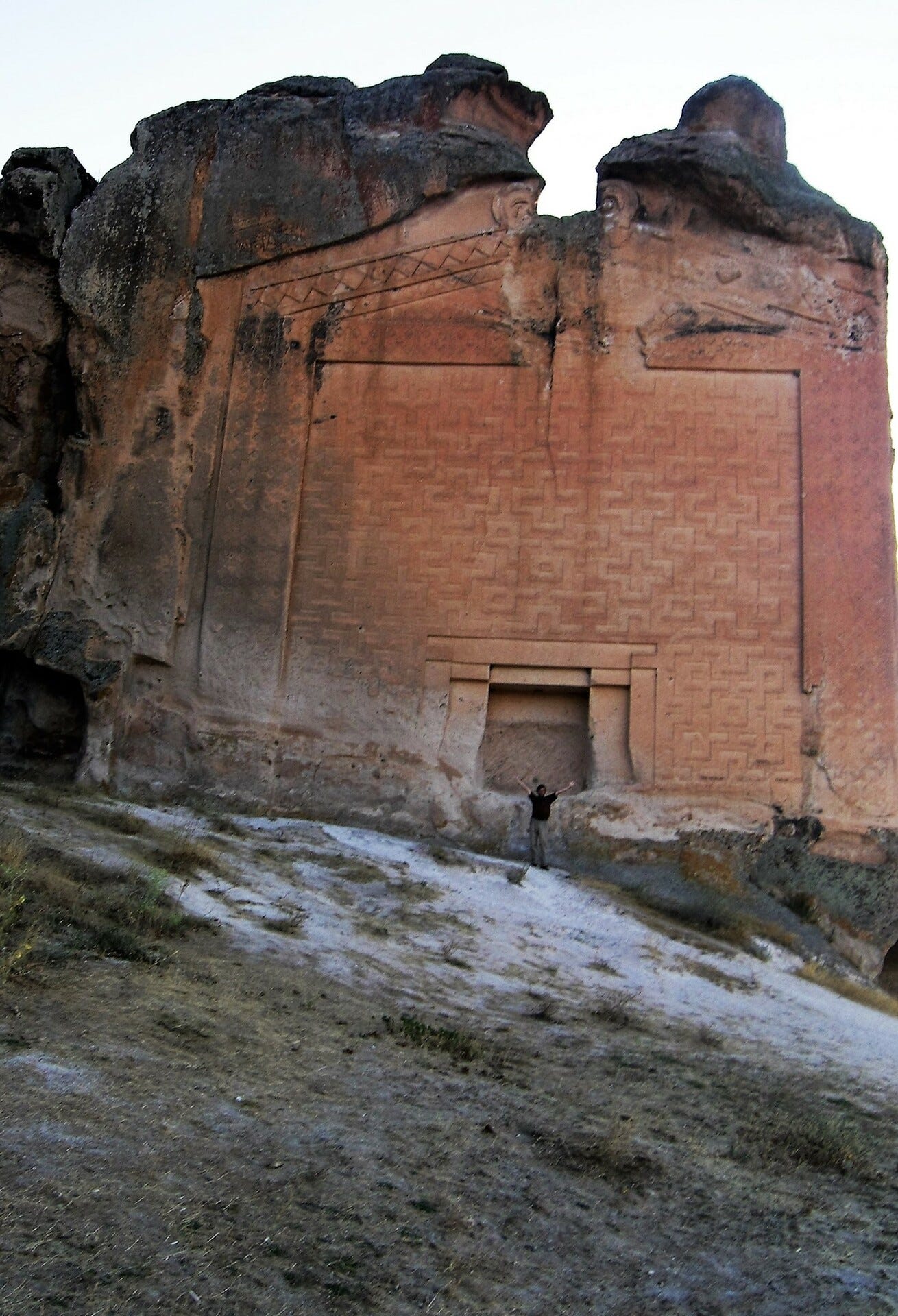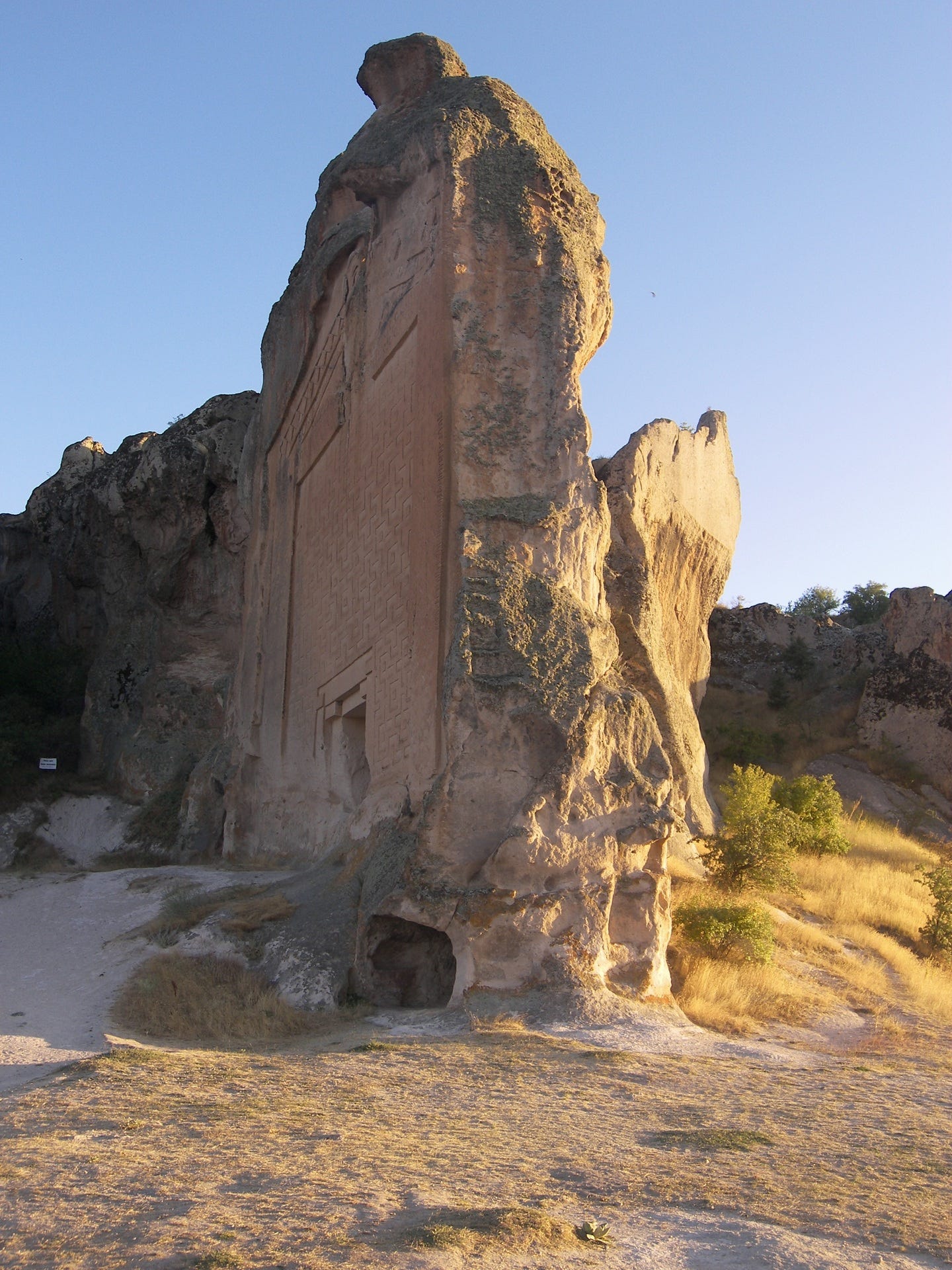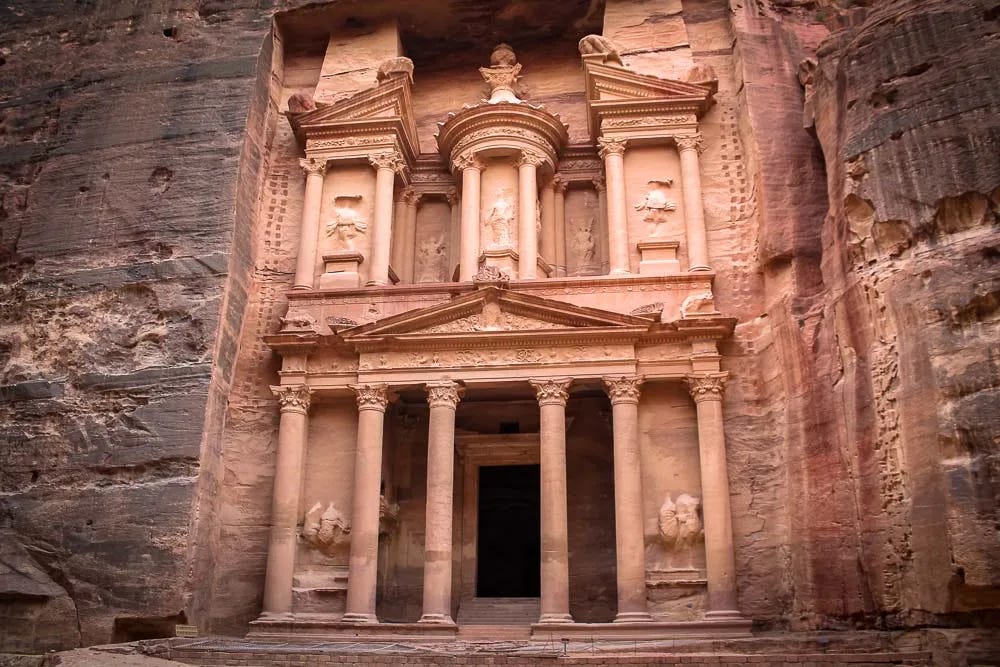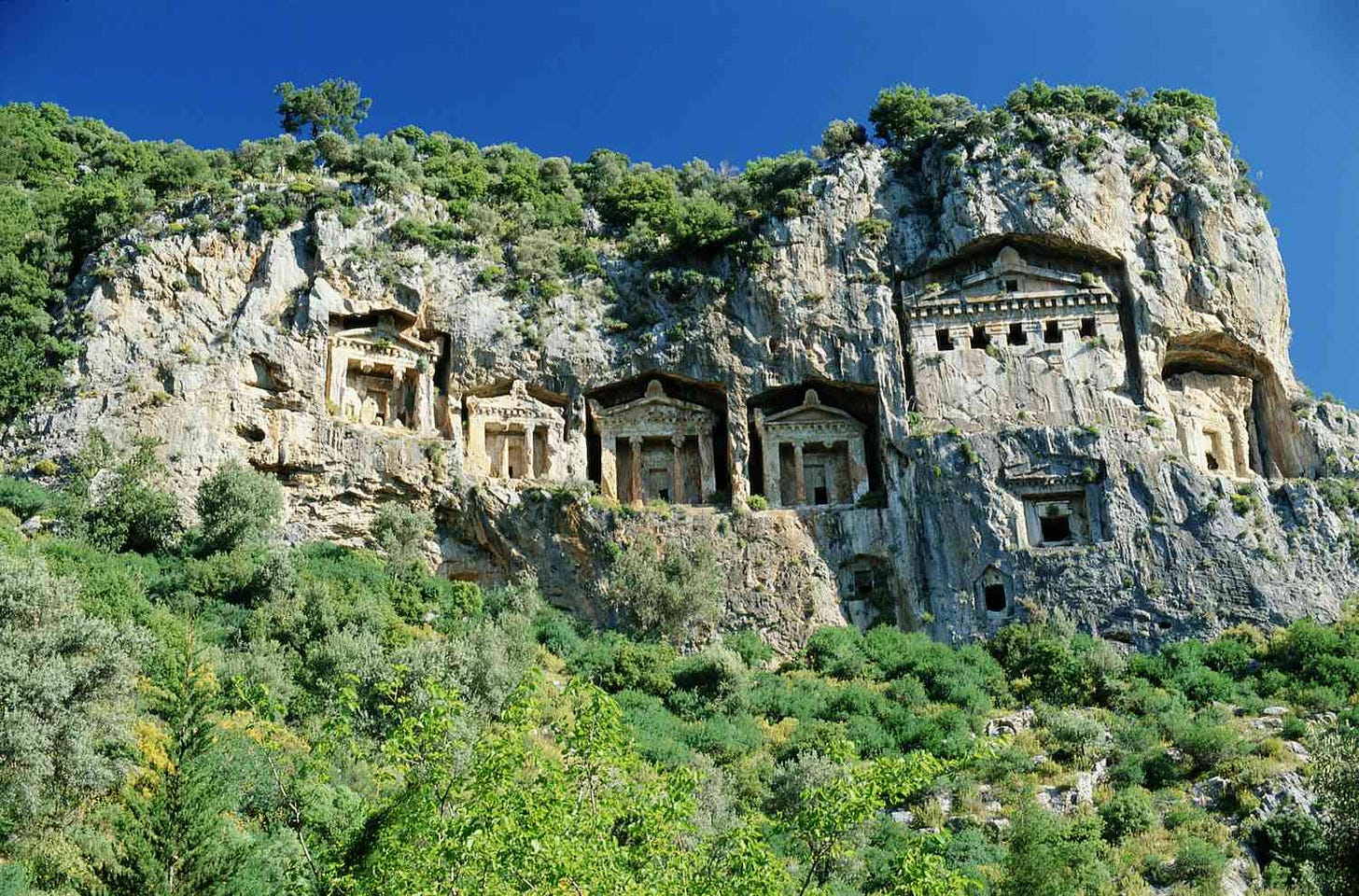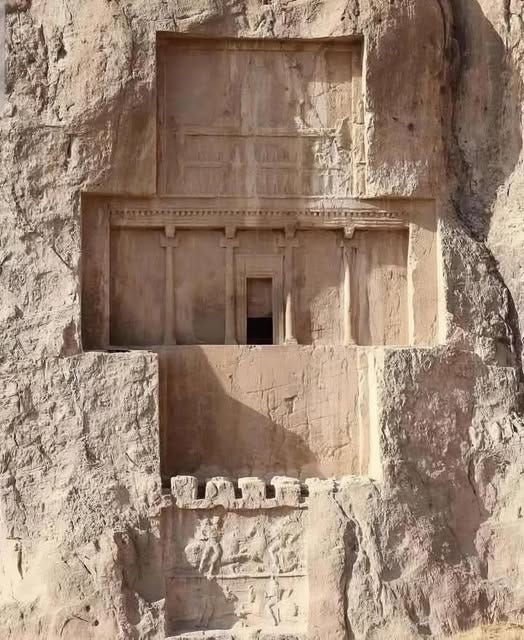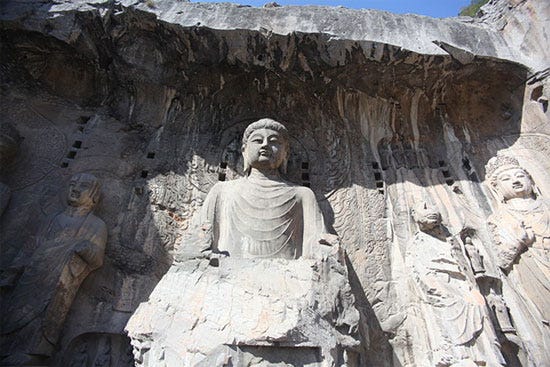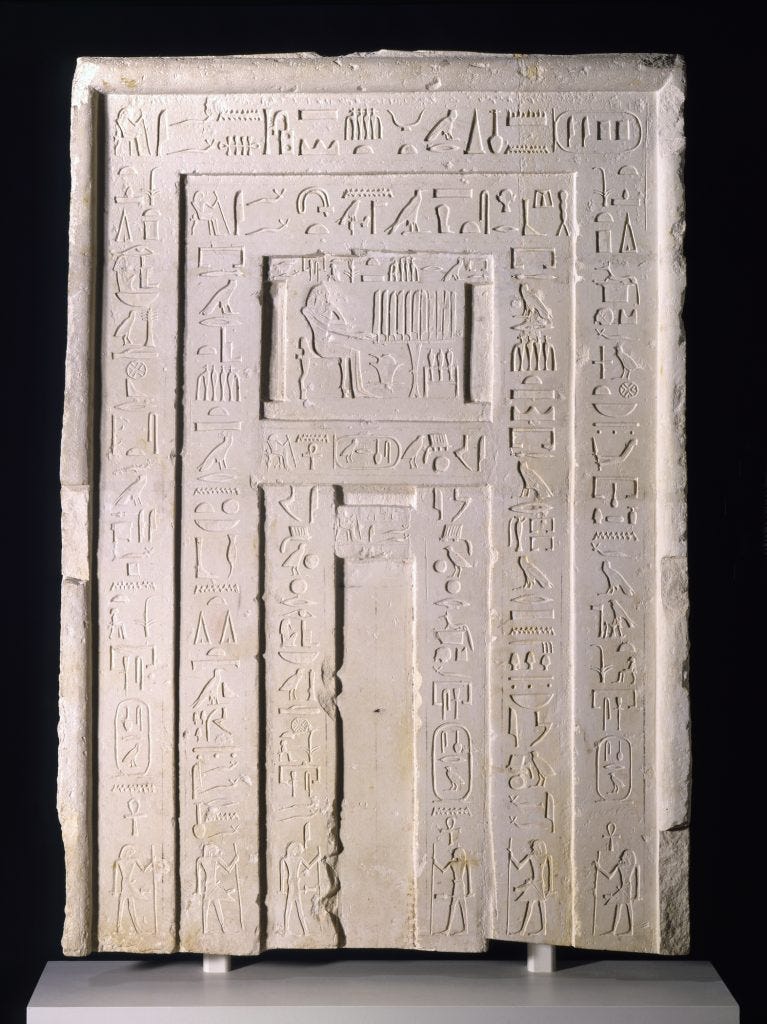The Mystery of Aramu Muru
Was it a Gateway of the Gods?
Back in the 1990s, a Peruvian mountaineer called Jose Luis Delgado Mamani discovered an unusual archaeological site in the mountains of Peru two miles from the shore of Lake Titicaca. In a barren cliff face was carved what appeared to be the frame of a building, with an alcove at the center bottom. It looked like a giant door into the living stone. The local people referred to this structure as the “Gateway of the Gods.” Though others call it the “Devil’s Doorway” because of ghostly apparitions supposedly seen walking in and out at night.
As photos of this structure spread, the site became popular among new agers and several fringe theories developed around it.
One of the most popular fringe beliefs is that Aramu Muru is an ancient stargate or interdimensional portal. According to legend, priests and chosen individuals could activate the stone portal—sometimes with a "golden disk"—and pass into another dimension, disappearing from the physical world entirely. The legend says a man named Aramu Muru fled from the Spanish conquistadors to this site in possession of a golden disc that held information about Inca history and religion. Supposedly, Aramu Muru entered the gateway with the disc and disappeared. He was never seen again.
Other theorists suggest the site was engineered with the help of aliens, or that the carved stone itself is a lost technology enabling travel between worlds or even to distant planets. This belief is often highlighted in discussions about “ancient aliens” and technologically advanced lost civilizations.
Another theory suggests the doorway once led to a now-sealed subterranean chamber or temple, possibly containing relics, treasure, or lost manuscripts from vanished peoples.
However, there is a startling but completely rational explanation behind this site. It is found on the other side of the planet in the ancient Kingdom of Phrygia in the modern nation of Turkiye.
Near the village of Yazilkaya in the Western Taurus Mountains is a nearly identical structure. But this one has writing in a script and language we can read. It is called the Midas Monument. The writing tells us this is a religious site built by King Midas and used for certain ceremonies where the statue of the goddess Cybele was placed in the niche and the ceremony performed in front of her.
The fact that the local people called Amaru Muru the “Gateway of the Gods” harkens back to Babel, whose name also meant Gateway of the Gods.
Another common feature between the Midas Monument and Arama Muru is that both are examples of what architects call a “blind arcade”, where false windows and doors are used to present the illusion of depth, making a building appear larger than it is. In both sites, the blind arcades are carved into a narrow igneous outcropping of stone called a dyke. In both cases, visitors can walk around behind the facade and see that there is no building there.
In addition to Aramu Muru and the Midas Monument, there are several other examples of very similar religious structures cut into cliff faces around the world. Some of these can be traced back another 1,300 years before Midas. And, one of the most ancient of all, has readable writing telling us what the makers of these false doors believed their purpose to be.
Petra
The most elaborate of all such false doors is found in Jordan, near the site where the Israelites spent the majority of the 40 years in the wilderness. However, the “blind arcades” at Petra are not completely blind. Most of them do house a real tomb behind the opening.
The Tombs of the Kings at Kaunos
The Tombs of the Kings at Kaunos is a set of tombs cut in the cliff face above a river in Lycia, Turkiye. They also include blind arcades using the same shape of the “roofline.”
The Tombs of the Achaemenid Persian Kings
Darius the Great, the father-in-law of Queen Esther, carved his own tomb out of solid rock with a very similar blind arcade at the front. Like the tombs at Petra, this blind arcade actually has a chamber behind the door.
The Lushena Buddha
In China, at the Longmen Grottoes, they carved a permanent image of the idol into the facade itself, called the Lushena Buddha.
The Doors of the Ka
Going back even further, such false doors were common in ancient Egyptian tombs. The Egyptians believed the spirit, or ka, of the dead could pass through the doors from the underworld and eat food and other offerings left for them. Egyptian kings and nobles usually had one of these false doors built into their tombs. Below is shown a false door from the tomb of an Egyptian noble named Ni-ankh-Snefru.
While the idea of a spiritual passage or portal explains why such structures were carved and what they were used for, it still leads us to a perplexing question. Why did people on opposite sides of Planet Earth do exactly the same unusual thing to worship the dead? It suggests that there was transoceanic contact between cultures and that ideas spread between the continents, just like they do today.
Conclusion
We see that the ancient practice of carving false doors and portals in stone began shortly after the Flood. It appears to have forked into two different uses. Blind arcades were used both as the faces of tombs, with a door to a real chamber, and they were used as a spiritual door for the spirit or “ka” to pass to and from the underworld. The blind arcades of Arama Muru and Midas were both of the latter type.
We can conclude that the practice of carving out a stone cliff to look like a temple to showcase a graven image was an ancient pagan practice that can be found all over the ancient world. These false doors were also seen as spiritual portals to the underworld. Ancient spacemen were not involved. The worship of demons was.
While there may be paranormal activity at these sites, due to their association with idol worship, it is unlikely that there was ever a physical structure hiding behind them beyond what we can see today.



